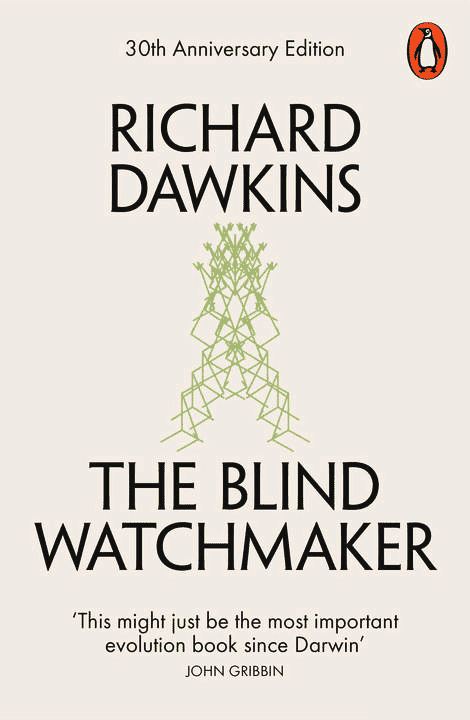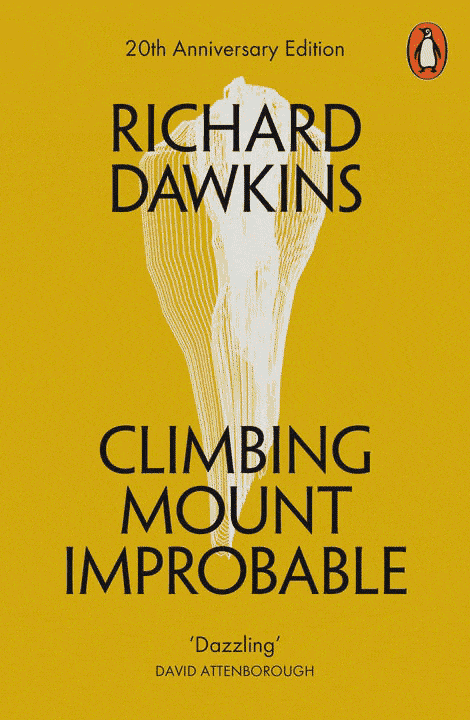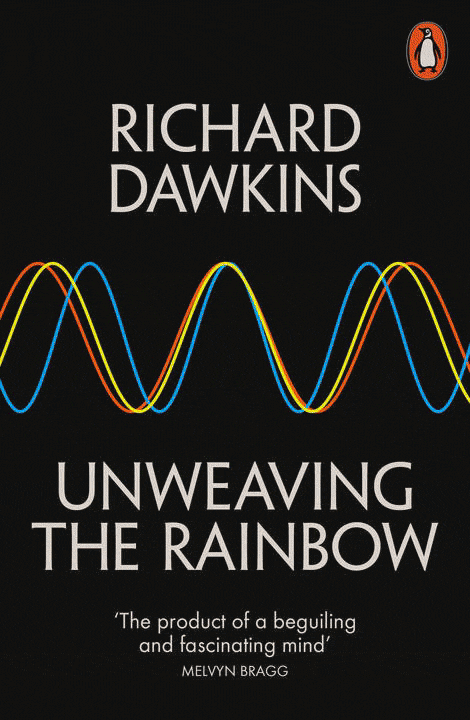Revived from near extinction
Thirty years ago, evolutionary biologist Richard Dawkins wrote a suite of computer programs to simulate evolution. These artificial life programs were integral to Dawkins’ work on evolution, and in particular to his ground-breaking books The Blind Watchmaker and Climbing Mount Improbable.
No two covers are exactly alike
In the spirit of evolution, every single copy of Dawkins’ books is unique. Buy now, or design your own and get your name credited on the back.
History
Dawkins’ original programs were written in 1986, using an Apple Macintosh Plus and the Pascal programming language. Starting with a single creature—known as a biomorph—users generate offspring and select the children with the most desirable features to continue the evolutionary line, thus mimicking the process of artificial selection.
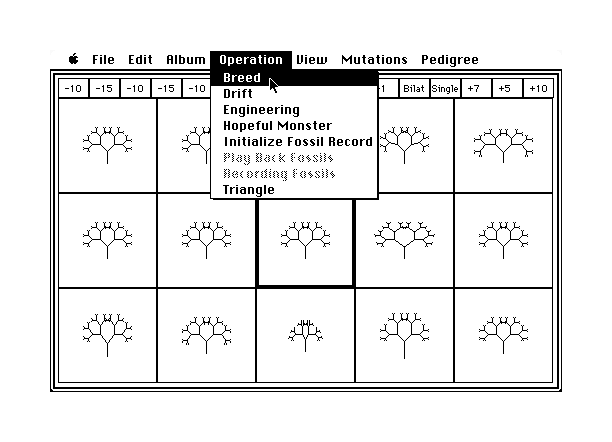
Details of the biomorphs, such as how many branches there are, and the lengths and angles of the various branches, are controlled by ‘genes’ which are just numbers in the computer. Genes in real trees, like genes in us and genes in bacteria, are coded messages written in the language of DNA. The DNA is copied from generation to generation with great, though not perfect, fidelity.
When a biomorph has a child, the child inherits all the genes of its parent (it only has the one parent, for there is no sex), but with some possibility of random mutation. A mutation is a slight random increase or decrease in the numerical value of a gene.
‘One of the things that surprised me when I first wrote the program was how quickly you could evolve away from the original tree shape. Because the creatures breed in a computer, you can whistle through many generations of evolution in a matter of minutes. A few minutes of playing with this program gives you a hands-on, vivid feeling for how Darwinian selection works.’
Richard Dawkins
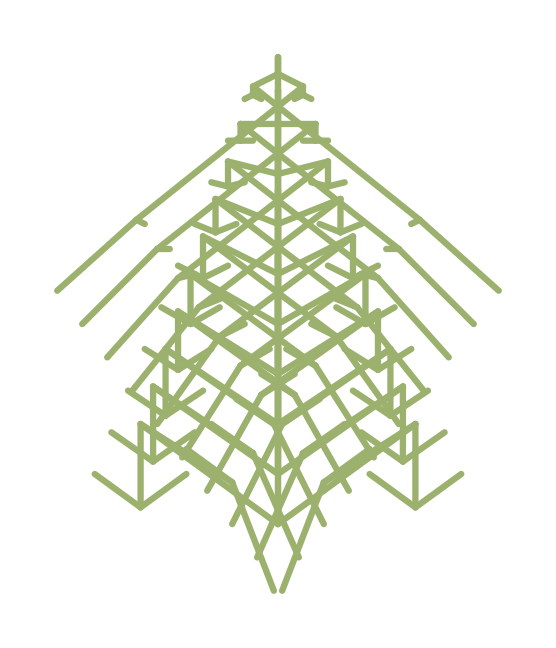
Revival
Three decades on from Dawkins’ original programs — long considered lost to history — Penguin have painstakingly revived Dawkins’ algorithms, making these pioneering programs available online for the first time.
With thanks to Alan Canon who took it upon himself to clean up the original programs in 2014 and kindly provided the source code. Alan created fully featured desktop versions based on Dawkins’ original layout and code, which are available to download on SourceForge. See also Github.
